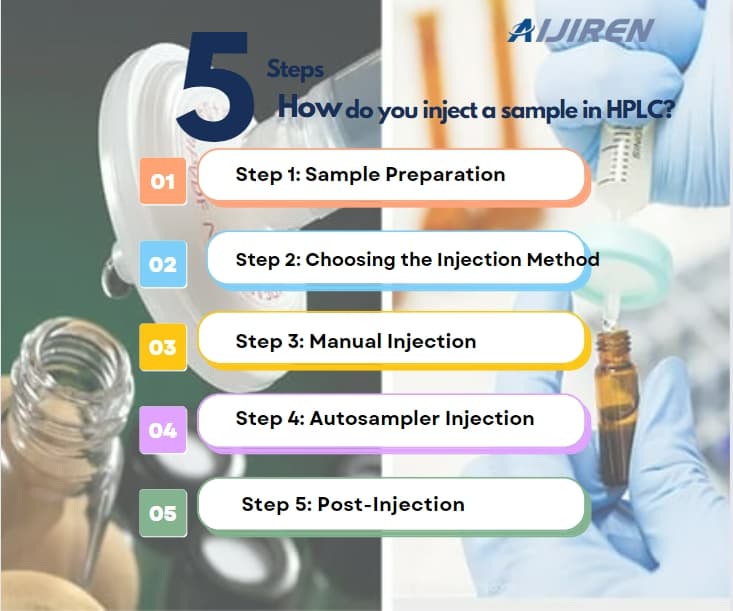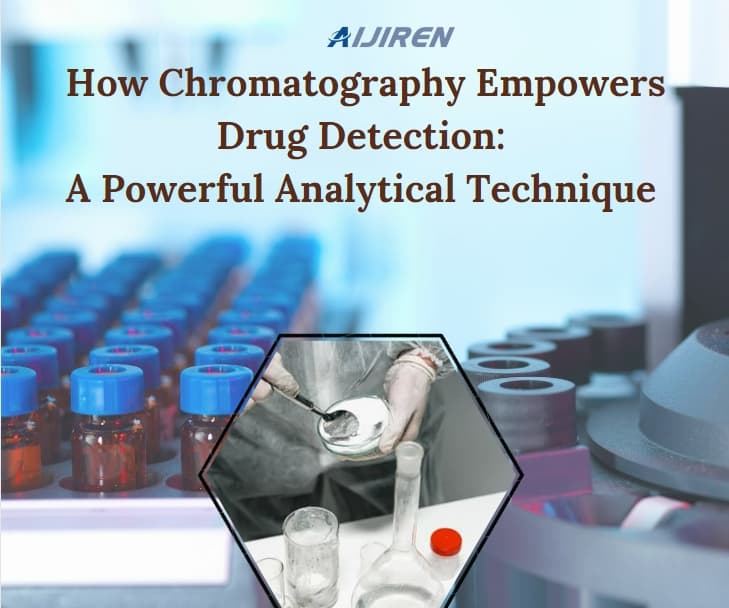How do you inject a sample in HPLC?
High-performance liquid chromatography (HPLC) is a powerful analytical technique used to separate, identify, and quantify components in a sample. The success of an HPLC analysis largely depends on the proper injection of the sample into the system. Sample injection is a critical step that requires precision and attention to detail to achieve accurate and reproducible results. Injecting a sample in high-performance liquid chromatography (HPLC) involves several steps to ensure accurate and reproducible results. Here is a detailed guide on how to inject a sample in HPLC:
Step 1: Sample Preparation
Before injecting the sample, it is crucial to prepare it appropriately. Start by selecting a representative portion of the sample and ensure it is properly homogenized. If needed, filter the sample using a syringe filter to remove any particulate matter that may clog the HPLC column. Also, ensure that the sample is compatible with the mobile phase and does not contain any components that may interfere with the analysis.
Step 2: Choosing the Injection Method
HPLC offers different sample injection methods, including manual injection and autosampler injection. The selection of the injection method depends on factors such as the nature of the sample, desired level of automation, and throughput requirements.
- Manual Injection: In manual injection, you load the sample using a syringe directly into the injection port of the HPLC system. This method is suitable for low sample throughput or when precise control over injection volume is necessary.
- Autosampler Injection: An autosampler is an automated sample handling device that connects to the HPLC system. It allows for higher sample throughput and improved reproducibility. With an autosampler, you load the sample into vials placed in a sample tray, and the instrument automatically aspirates and injects the sample into the system.
Step 3: Manual Injection
If you are performing a manual injection, follow these steps:
- Ensure that the HPLC system is properly set up and equilibrated with the mobile phase.
- Choose a syringe of appropriate volume and attach a needle or a suitable injection valve.
- Draw the sample into the syringe, ensuring there are no air bubbles. Wipe off any excess sample from the outer surface of the syringe.
- Insert the needle or injection valve into the injection port of the HPLC system and gently push the plunger to inject the sample.
Withdraw the needle from the port, taking care not to introduce any air bubbles.
Step 4: Autosampler Injection
For automated sample injection using an autosampler, follow these steps:
- Ensure that the autosampler is properly connected to the HPLC system and configured according to the instrument’s instructions.
- Set up the sample vials in the autosampler tray, ensuring proper labeling and tracking.
- Program the autosampler with the desired injection volume, number of injections, and any other relevant parameters.
- Initiate the injection sequence according to the instrument’s software or control panel.
- The autosampler will accurately aspirate the sample from the vial and inject it into the HPLC system, maintaining precise volume control and reproducibility.
Step 5: Post-Injection
After the sample injection, it is essential to ensure proper system cleaning and maintenance. Flush the injection port or valve with the mobile phase or a suitable rinse solution to remove any residual sample and prevent carryover between injections. Follow the manufacturer’s guidelines for system maintenance and perform regular checks to ensure optimal performance.
Conclusion:
Mastering sample injection in HPLC is essential for obtaining reliable and reproducible chromatographic results. Whether you opt for manual injection or leverage the automation capabilities of an autosampler, careful sample preparation, precise injection technique, and proper system maintenance are key. By following the step-by-step guide outlined in this blog, you can ensure accurate and consistent sample injections, leading to successful HPLC analyses and meaningful scientific insights.
Back to List
-
 下午2:56How do you inject a sample in HPLC?
下午2:56How do you inject a sample in HPLC? -
 上午9:04How Chromatography Empowers Drug Detection: A Powerful Analytical Technique
上午9:04How Chromatography Empowers Drug Detection: A Powerful Analytical Technique -
 下午5:01Navigating Micro Inserts for HPLC Vials: A Comprehensive Guide
下午5:01Navigating Micro Inserts for HPLC Vials: A Comprehensive Guide -
.jpg) 下午5:14Common faults and solutions of automatic samplers(1)
下午5:14Common faults and solutions of automatic samplers(1) -
 下午5:08Ensuring Sample Integrity: Navigating EPA Storage Vials Stability Guidelines
下午5:08Ensuring Sample Integrity: Navigating EPA Storage Vials Stability Guidelines

